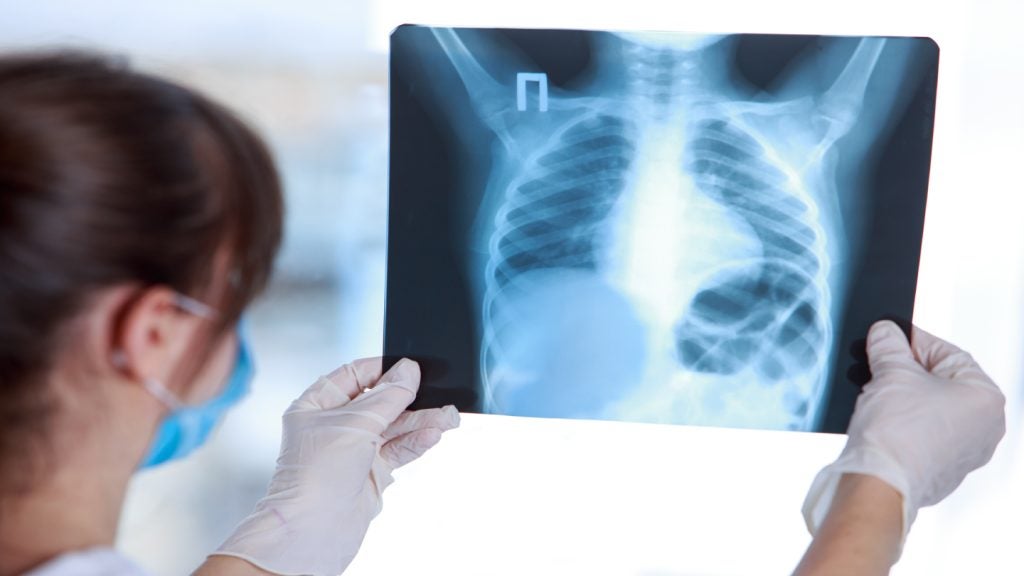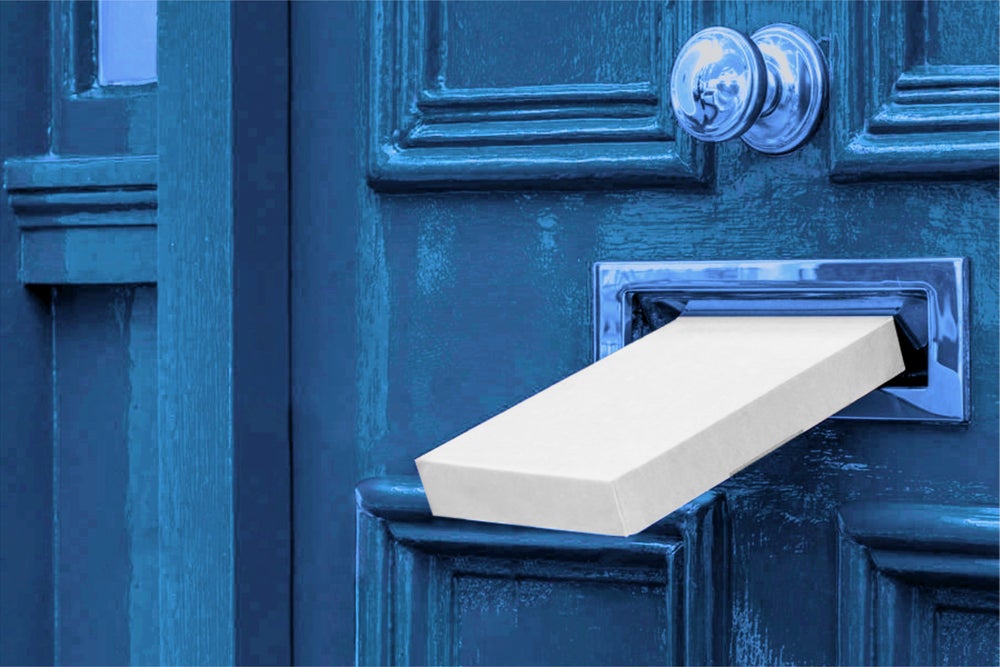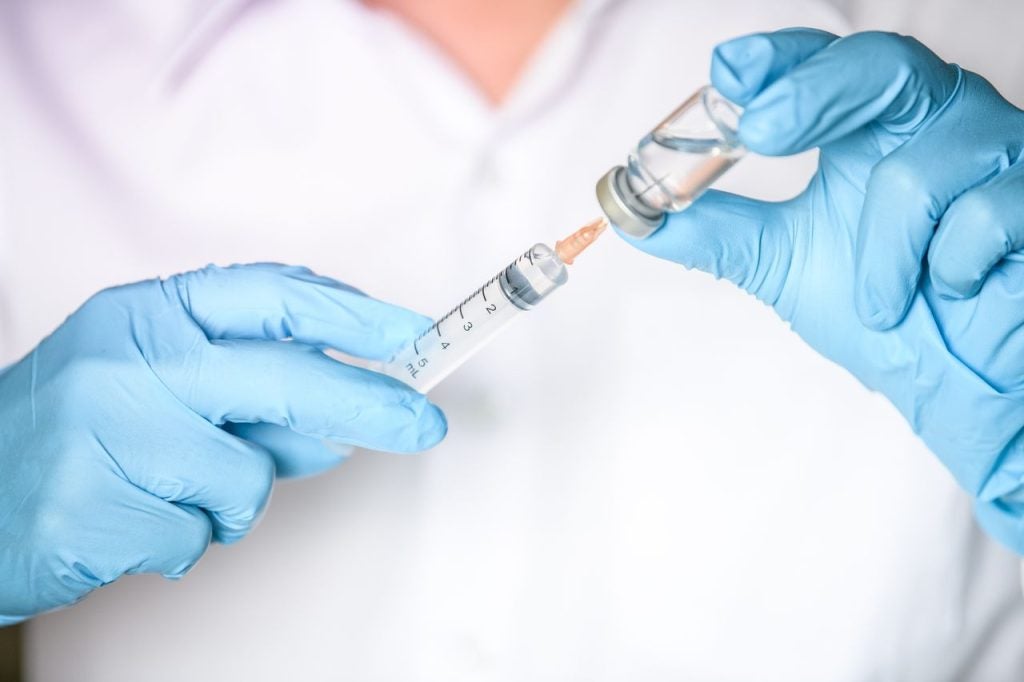A radiograph device using an artificial intelligence (AI) deep-learning neural network has been able to improve image quality in pediatric X-rays as part of a US-based clinical study.
A white paper, published by Japanese camera manufacturer Canon, detailed how a study examining the company’s Intelligent Noise Reduction system against traditional radiography methods was able to significantly improve image quality while reducing radiation exposure.
The paper found that of identical 1,251 images taken with and without Canon’s Intelligent Noise Reduction System, 995 were rated ‘better’, 250 were rated ‘same’, and 6 were rated ‘worse’. All radiographs generated, including after a 50% reduction in radiation dose, yielded images sufficient to be used for diagnosis.
A total of 559 radiographs from 229 patients were collected at standard dose over six weeks. The radiation dosages were later reduced by 20%-25% for an additional four weeks, during which 212 images from 145 patients were collected, after which an additional 480 images were collected set at a 50% dose.
Elizabeth Ey, chief radiologist and radiation safety officer at Dayton Children’s Hospital said: “The Canon DR system with the Intelligent Noise Reduction has produced images with lower noise content at a lower dose with no visible loss in image quality. This has allowed us to use doses that are 50% less than what we had been using in that room.”
However, the study was not without its flaws with the size and availability of Canon’s device meaning the study was limited to only a singular campus of the hospital. It also noted that some clinicians may have caused the evidence to become skewed, with one clinician rating 64% of the radiographs.
Research from GlobalData found that the use of AI in the diagnostic imaging market is set to rapidly grow and is forecasted to exceed $1.2bn by 2027, up from $336m in 2022. However, medical device companies are expected to experience the least revenue growth from AI platforms.
















